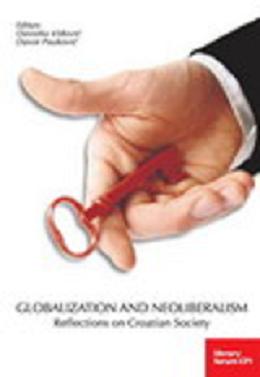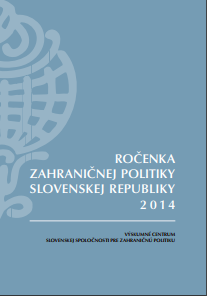Author(s): / Language(s): English,Bulgarian
The 19th international scientific conference of young scientists was held on 7-8 November 2024 at the University of National and World Economy (UNWE) in Sofia, Bulgaria. The Finance and Accounting Faculty at the UNWE organizes the conference under the patronage of the Rector of UNWE Prof. Dimitar Dimitrov, PhD, and the co-organizers of the conference – Faculty of Economics and Business Administration, Sofia University "St. Kliment Ohridski", Sofia, Bulgaria; VUZF University, Sofia, Bulgaria; Union of Economists in Bulgaria (UEB), Sofia, Bulgaria; Student Council at UNWE, Sofia, Bulgaria; Association of lecturers in Economics and Management in the Industry, Sofia, Bulgaria; University of Bologna – Alma Mater Studiorum Universita di Bologna-Sede di Rimini, Bologna, Italy; University of Split, Faculty of Economics, Business and Tourism, Split, Croatia; Poltava University of Economics and Trade, Poltava, Ukraine; Lutsk National Technical University, Lutsk, Ukraine; University of Rijeka, Faculty of Economics and Business, Rijeka, Croatia; Ss. Cyril and Methodius University of Skopje, Skopje, Republic of North Macedonia. The purpose of this international conference is to give floor of the young scientists – doctoral students, post-doctoral students, researchers, lecturers and students to present their scientific research on the most current and significant problems of the economy at the national and international level. They have the opportunity to discuss their views with Bulgarian and foreign scientists and specialists from economic practice. Participation in the conference was also present online (virtual) in the MS Teams electronic platform. The working languages of the conference are Bulgarian and English. During the conference there is a separate section announced with the working language “English”. Main accent on the 19th International Scientific Conference of Young Scientists are challenges, conflicts and solutions in the field of economy of Bulgaria and the European Union. The Conference proceedings include 136 papers prepared by doctoral students, post-doctoral students, researchers, lecturers and Bachelor`s and Master`s degree students from Bulgaria and abroad. The conference is financed by a university scientific project for a scientific event under contract No. NID NF-1/2024/B.
More...











